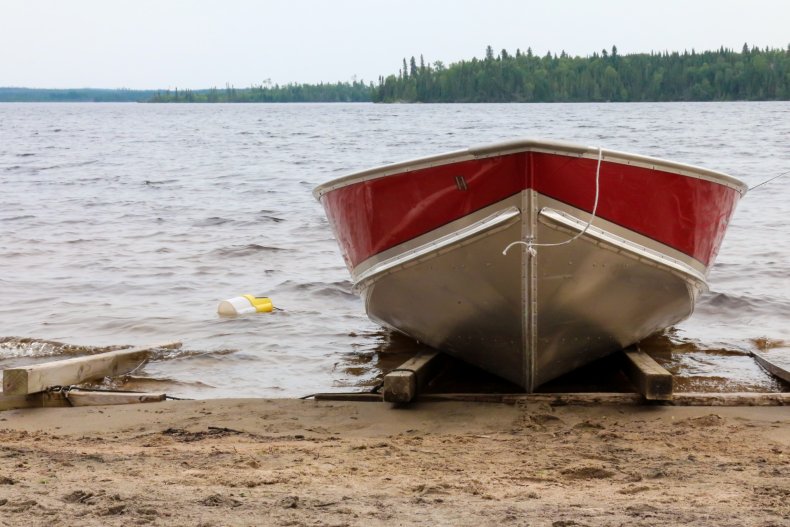Cave-dwelling fish have regional accents

Table of Contents
Hello there Mother nature readers, would you like to get this Briefing in your inbox cost-free just about every working day? Sign up right here.
In the underground caves of north-eastern Mexico, groups of blind fish that talk utilizing clicks appear to be to be building cave-specific accents. Researchers finding out the Mexican tetra (Astyanax mexicanus) analysed hrs of fish chatter in 6 caves spread throughout the three mountain ranges. They seen major discrepancies: clicks have been reasonably higher-pitched in one cave, and deep and booming in a different, for example. The linguistic split could sooner or later add to ongoing speciation amongst the fish. “Maybe soon after a million decades it will have drifted so substantially that they will not be in a position to recognize each and every other anymore,” suggests neuroscientist Sylvie Rétaux.
Researchers have reached a nearly 30% leap in the efficiency of a thermophotovoltaic (TPV), which converts photons emitted by a warmth supply to electrical power. The perform provides a major enhance to efforts to roll out thermal batteries as a backup for renewable power techniques. The notion is to feed surplus wind or photo voltaic energy to a heating factor, and then use TVPs to convert the heat into energy. “This is extremely thrilling stuff,” suggests products engineer Andrej Lenert. “This is the 1st time [TPVs have] gotten into really promising efficiency ranges, which is in the long run what matters for a large amount of apps.”
Reference: Character paper
When political leaders achieved in Glasgow, United kingdom, very last November for the COP26 climate summit, several of them brought new and enhanced designs to cut down emissions. Together, these carbon-slicing promises would see the earth warm by just under 2 °C this century, in accordance to a new analysis, as extensive as they are executed “in comprehensive and on time”. However, there is just a 6–10% possibility of maintaining warming less than the vital threshold of 1.5 °C earlier mentioned pre-industrial amounts.
Reference: Nature paper
A survey has located that girls occupy fewer than a third of all economics positions in investigate institutions. Female representation begins declining early on: girls make up 40% of economists with PhDs but occupy only 27% of senior positions. “It’s extremely placing to me that these designs that we see of a leaky pipeline are actually commonplace throughout the globe,” states economist Anusha Chari.
Nature | 4 min read
Reference: PNAS paper
Characteristics & feeling
For additional than 250 several years, mathematicians have been attempting to ‘blow up’ some of the most critical equations in physics: these that describe how fluids stream. If they triumph, then they will have identified a situation in which individuals equations break down — a vortex that spins infinitely quickly, potentially, or a particle that travels infinitely swiftly. A new method to device mastering has some researchers betting that blowup is near.
Many European nations rely on Russian fossil fuels for energy creation. Subsequent Russia’s unprovoked invasion of Ukraine, these countries are hunting to wean themselves off these fuels, which could have impacts on emissions and foodstuff manufacturing.
The Nature Podcast episode ‘What’s the isiZulu for dinosaur?’ has been shortlisted for a Webby Award. It’s very well well worth a pay attention, and if you liked it, remember to think about casting your vote in our favour.
Nature Podcast | 28 min listen
Subscribe to the Character Podcast on Apple Podcasts, Google Podcasts or Spotify.
If you have uncovered you with way too numerous (non-chocolate) eggs this Easter, consider employing them to get imaginative with the historic art custom of egg tempera. This egg-cellent write-up on the science of painting with yolk incorporates a recipe so you can get commenced.
Nature’s Uk staff is getting a break for the extensive weekend, but the day by day Briefing will be again on Tuesday in Flora’s capable fingers.
Many thanks for looking at,
Emma Stoye, news editor, Nature
With contributions by Smriti Mallapaty





:format(webp)/https://www.thestar.com/content/dam/localcommunities/barrie_advance/life/2022/07/25/5-places-to-fish-from-the-shoreline-in-simcoe-county/7420046_PineRiver.JPG)